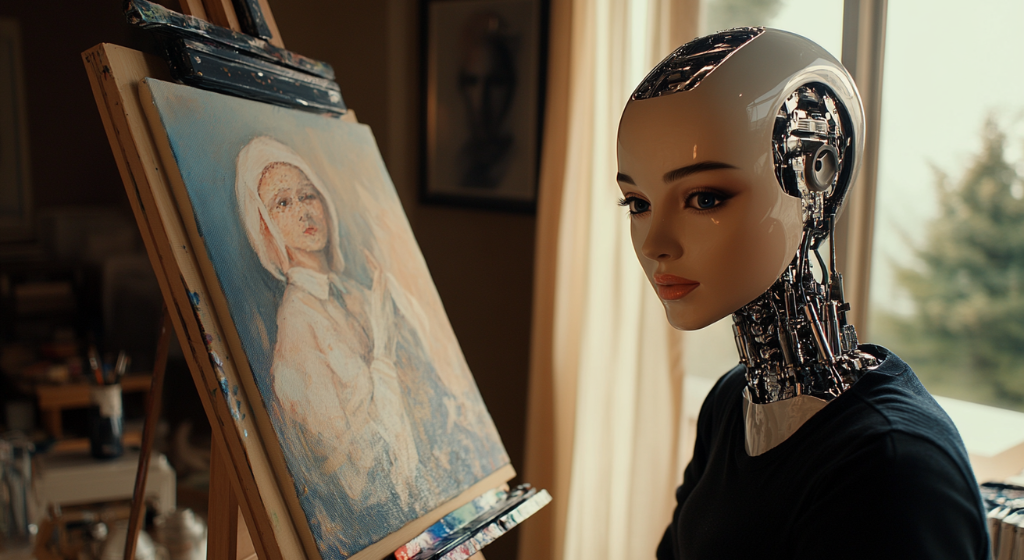
Midjourney has launched its long-awaited V7 AI image model, introducing a powerful new architecture with smarter prompt handling, personalized visuals, and lightning-fast Draft Mode to redefine the future of generative art.(Source: Image by RR)
Midjourney’s First Major Update in Nearly a Year Aims to Compete With OpenAI
Midjourney, a pioneer in AI-generated imagery, has released its long-awaited V7 model, marking the company’s first major image model update in nearly a year. The rollout of V7 comes shortly after OpenAI’s viral Ghibli-style image generator but positions itself differently by emphasizing personalization and aesthetic coherence. According to an article in techcrunch.com, in order to access V7, users must first rate around 200 images to build a unique profile that tailors output to their visual preferences—making it the first Midjourney model to enable personalization by default.
According to Midjourney CEO David Holz, V7 introduces a “totally different architecture” with enhanced capabilities in interpreting text prompts, generating more coherent and detailed images, and handling complex elements like hands and objects with improved accuracy. The model is available in Turbo and Relax modes and also powers a new “Draft Mode,” which generates images at ten times the speed and half the cost—though at a slightly reduced quality. Features like upscaling and retexturing aren’t yet available but are expected to be added in the coming months.
Despite its innovative updates, Holz emphasized that V7 might require users to adjust their prompting styles, as the new architecture brings both new strengths and potential limitations. The company is actively seeking user feedback to refine the model further. Though still in alpha, V7 is accessible through Midjourney’s web interface and Discord bot, allowing users to toggle the model and explore its capabilities firsthand.
Midjourney continues to stand out in the AI space with its self-funded growth model, reportedly projecting $200 million in revenue as of late 2023. The company has also begun developing hardware projects and training models for video and 3D generation. However, it remains embroiled in ongoing legal challenges, including lawsuits alleging the unauthorized use of copyrighted material to train its AI models—an issue that continues to shadow the broader generative AI industry.
read more at techcrunch.com

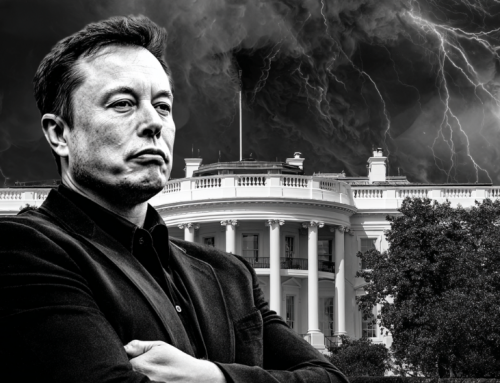
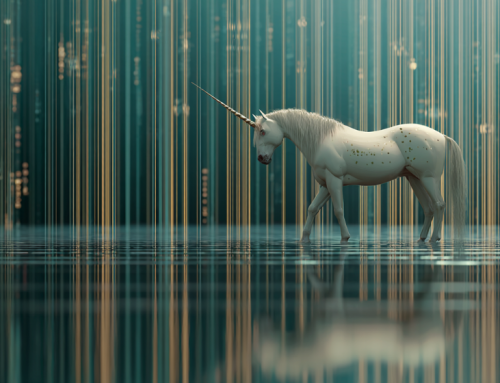
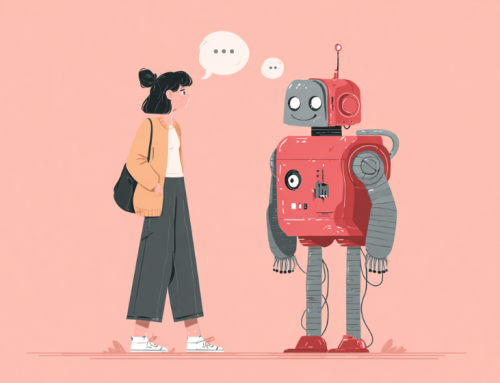
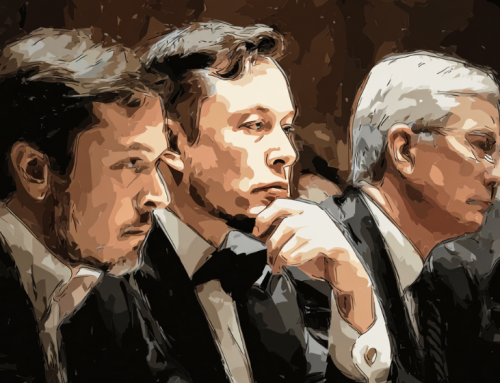


Leave A Comment